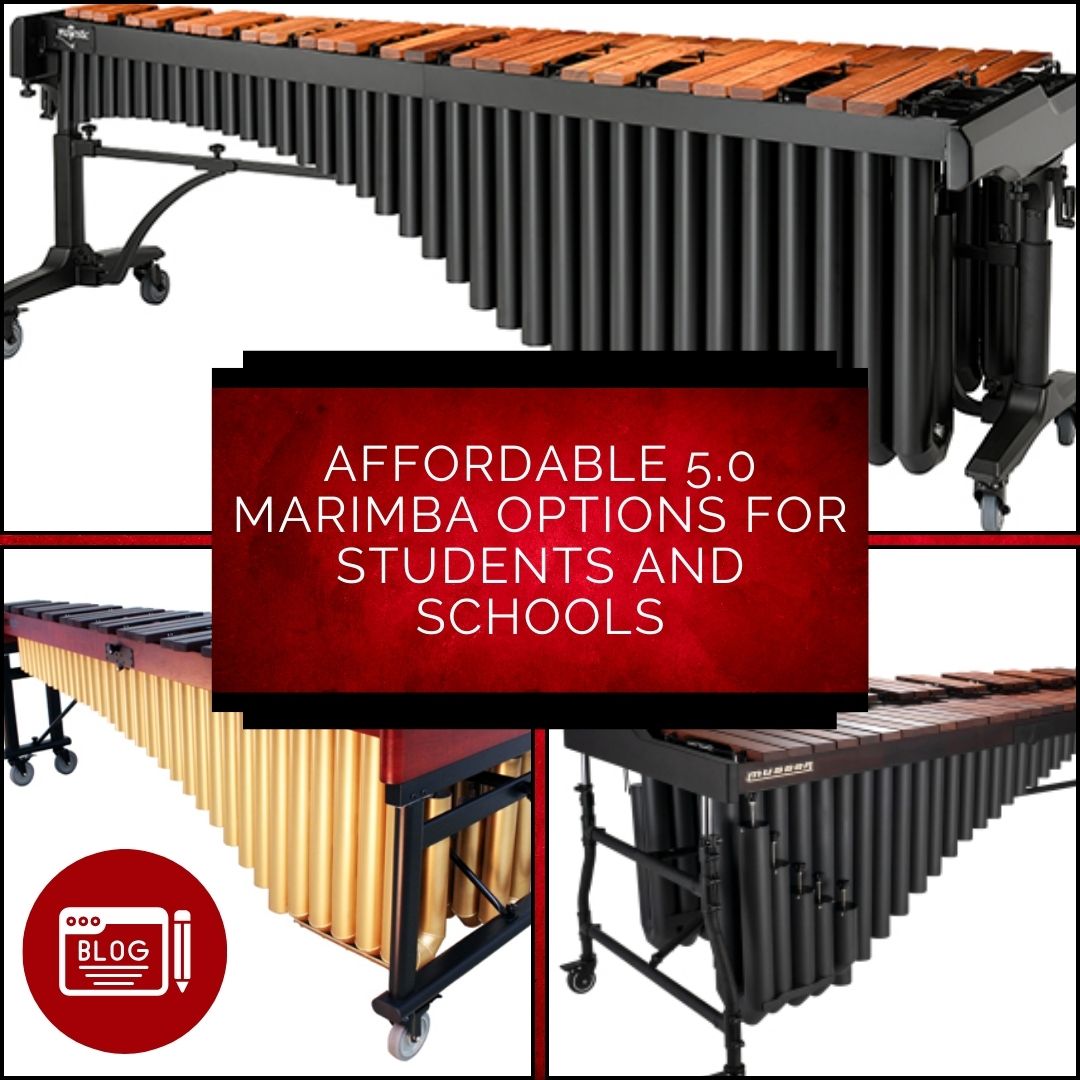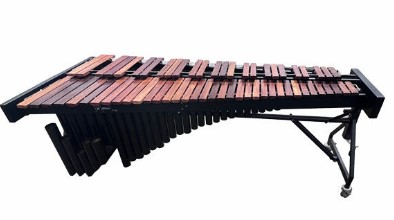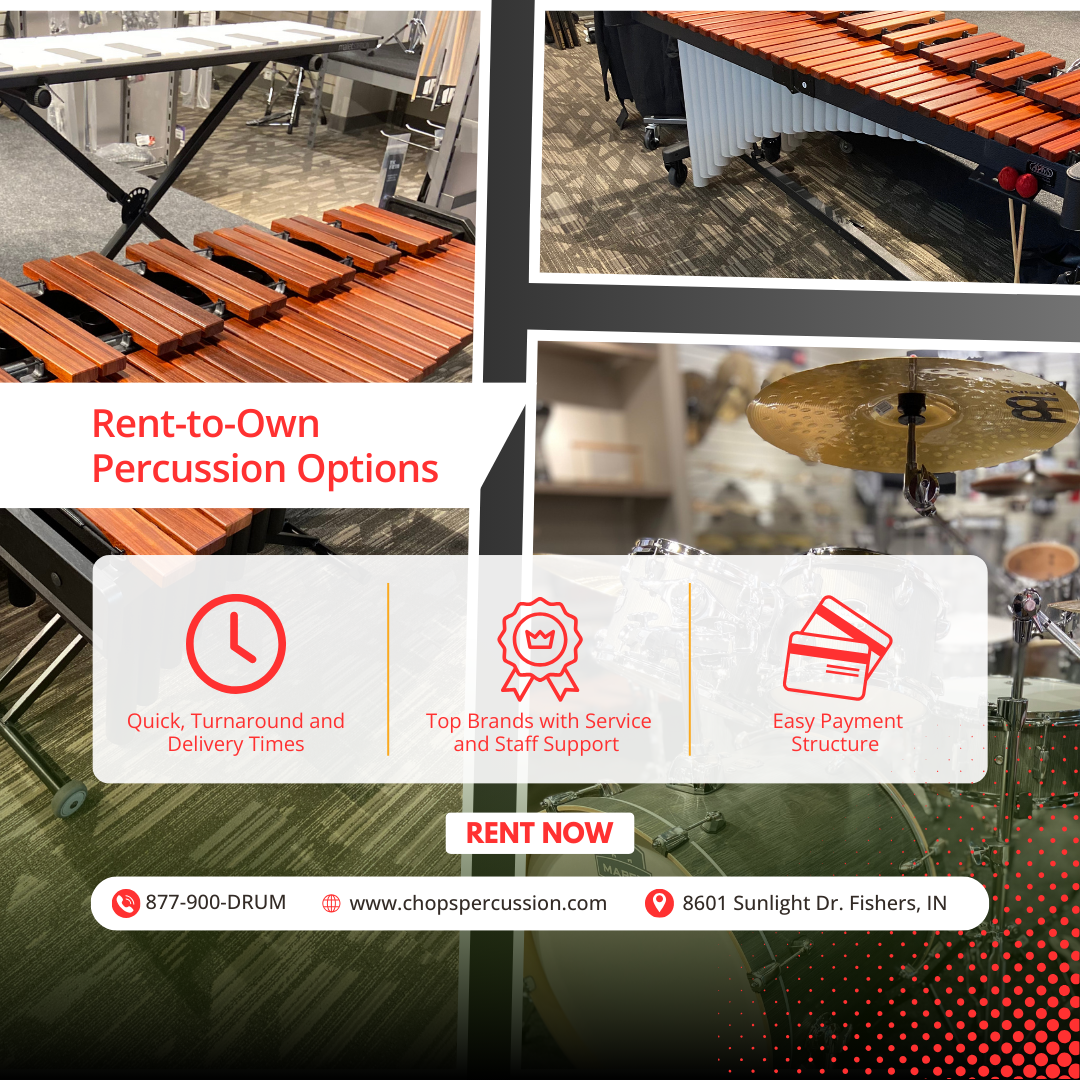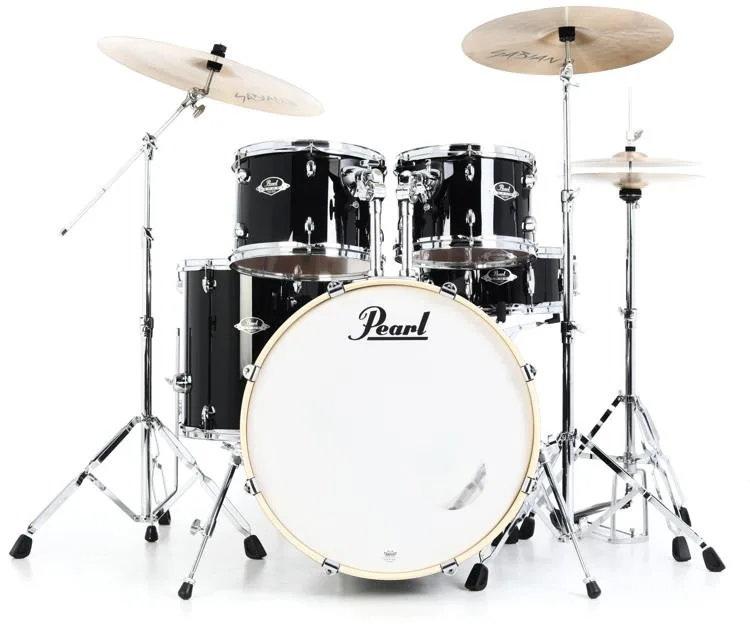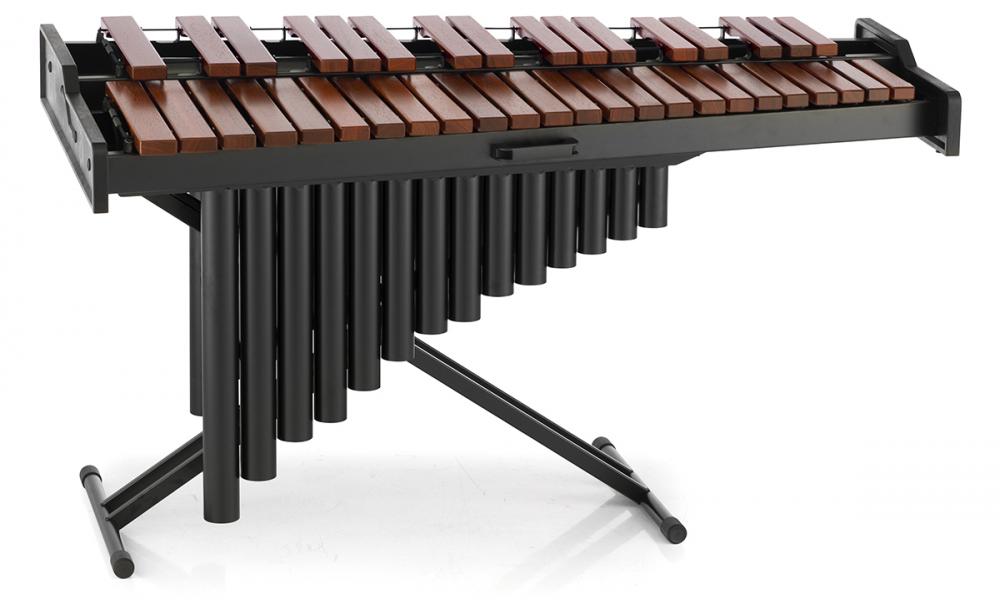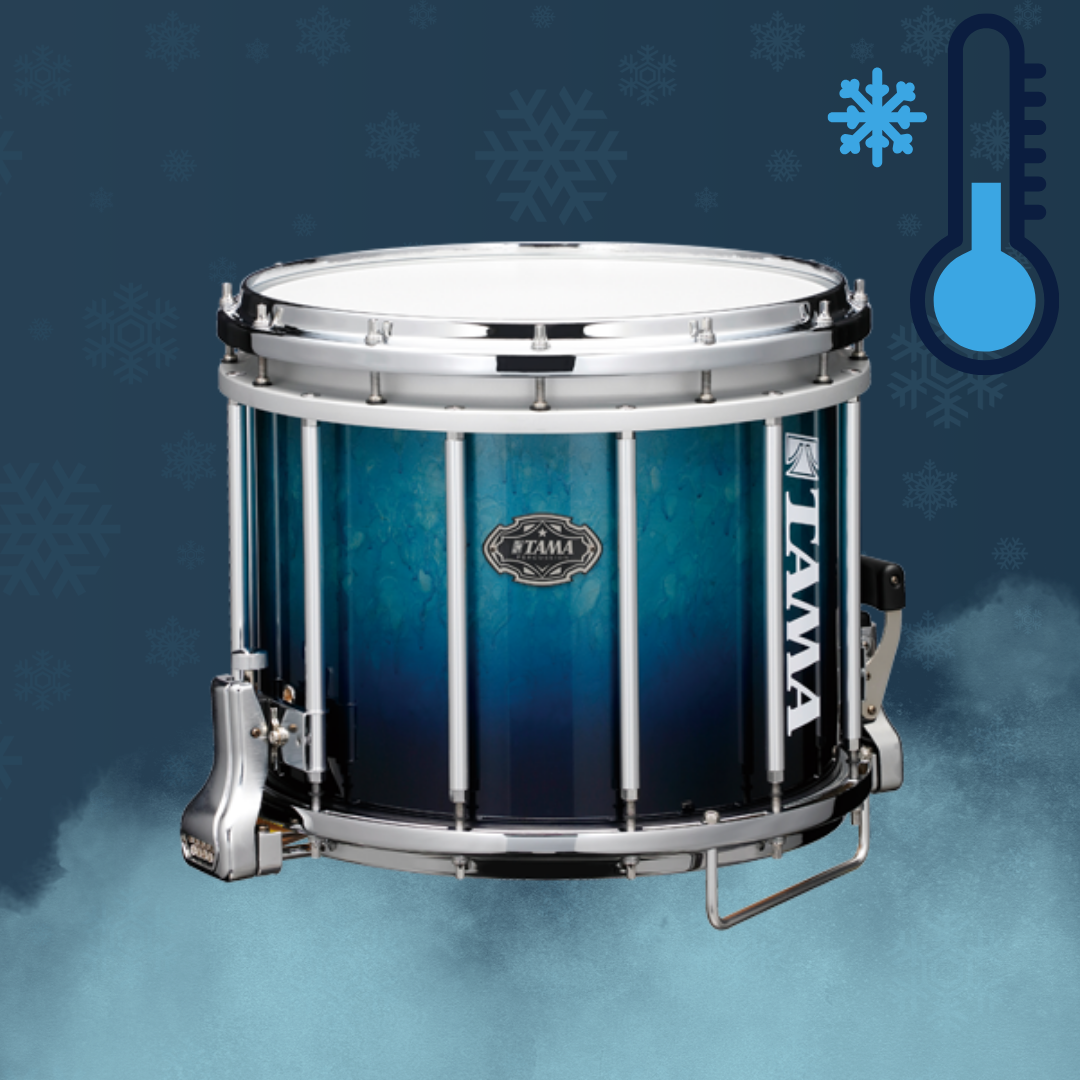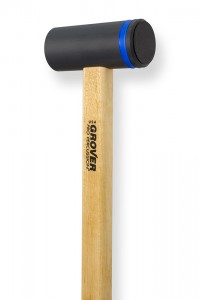Affordable 5.0 Marimba Options for Student or School Use
With ever changing skill level and demand in marimba repertoire being expanded to the lower registers of a 5-Octave marimba more frequently, there is a growing need for affordable 5-Octave marimbas that can meet both student and school use needs. While there are many companies currently making 5-Octave marimbas, we think a few standout in both affordability and value. This weeks blog will cover a few different models that may be right for you and your students, while giving you our recommendations for the options that are the best bang for you buck.
Musser MSPM550 5-Octave Marimba
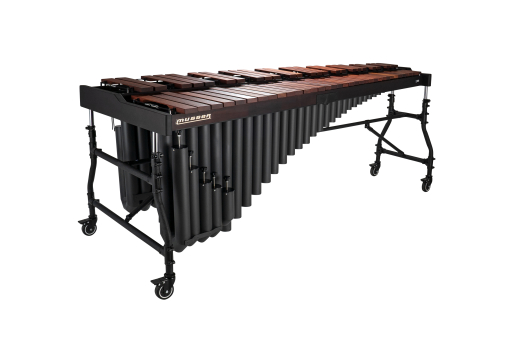
The Musser MSPM550 is a padauk bar 5-octave marimba that is a newer offering in the 5-octave options available on the market today. The bar sizes are slightly smaller than some of the other offerings in the market, but as a student model for someone needing an at home practice instrument that they can also perform on, this is a great choice. The frame is height adjustable, although the it is not as easy to adjust as other models on the market. This model is an excellent option if budget is your number one concern.
Price – $6394.95
Bar Type – Padauk
Resonators – Tunable Low End
Adjustable Frame – Height Adjustable/Pneumatic-Assisted
Best Use – Student/At-Home Practice Instrument
Malletech M-Tech 5-Octave Marimba

Price – $8271.79
Bar Type – Padauk
Resonators – Tunable Low End
Adjustable Frame – Height Adjustable/Crank-Style
Best Use – Student/School Use/Performance
The Malletech M-Tech 5-Octave Padauk Bar marimba is one of the best sounding padauk bar marimbas on the market today. Crafted with the Malletech style in mind the marimba not only sounds great but also looks great and has a height adjustable, crank style frame. The low end resonators are tunable as well, allowing you to get the sound just right based on the performance/practice venue. The resonators also use the same nut and bult construction used on all Malletech instruments. The bars are tuned 48 hours before being shipped out from the Malletech facility, ensuring that when you receive the instrument everything will sound great out of the box!
Majestic Percussion M650DB 5-Octave Marimba
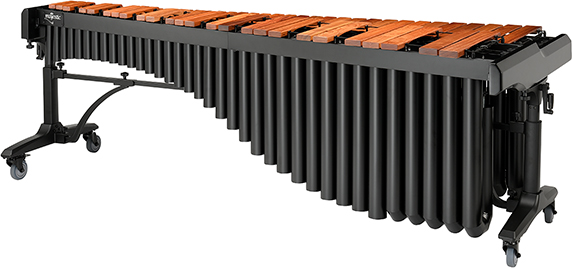
Price – $9516.79
Bar Type – Padauk
Resonators – Tunable Low End
Adjustable Frame – Height Adjustable/Crank Style
Best Use – Student/School Use/Performance
Another excellent offering in the affordable 5-Octave Marimba category, is the Majestic M650DB. This model is one of the the best looking marimbas in the category. The sleek frame design and curved resonator design make this model very pleasing to the eyes and your ears. The tuning and low end resonance really stand out in this model. The height adjustable frame is easy to use and will stand up over time. This model would be excellent for student use but is best suited for use in schools where you are looking for a 5-octave marimba for your solo and ensemble reportoire.
Demorrow M3 SEP 5-Octave Marimba
Price – $9674.00
Bar Type – Rosewood
Resonators – Tunable
Adjustable Frame – Height Adjustable/Crank Style
Best Use – Student/School Use/Performance
Demorrow marimbas are known for their quality and craftsmanship and the M3 SEP model is no exception. This instrument offers a rosewood marimba option at a very affordable price. With graded rosewood bars, this instrument is a true concert level instrument. While this lacks some of the features of the higher end Demorrow instruments, you can rest assured you are getting quality and value with this model. This would be a great addition to any school or a student looking to take their playing to the next level. The height adjustable frame is very durable and is designed to be “rattle-free” for a lifetime.
Which option is the best option for you?
When considering the option that is best for you, likely price will be a major part of your decision and we feel any of these models will benefit many schools and students looking to step into the 5-octave ownership space. If you are a student looking for something for at home use the Musser MSPM550 would be an excellent place to start, as you would be able to start learning advanced solos without the investment needed for a high end rosewood marimba. For a school, we think the Malletech M-Tech or the Majestic M650DB are excellent options and of the padauk bar options offer more in terms of design and most importantly, the quality and tuning of the bars.
For specific school pricing (or to receive a price quote for a student) and availability on any of these options, reach out to us via email at chops@chopspercussion.com or give us a call at 317-813-2070. We look forward to helping you take your marimba skills to the next level!

